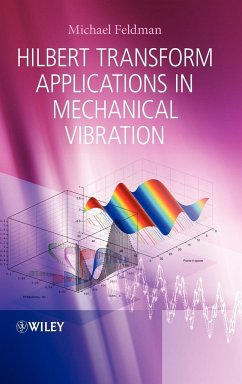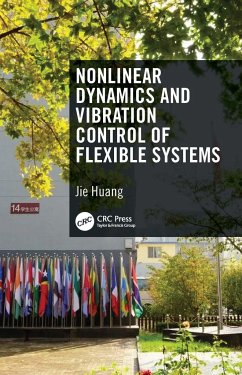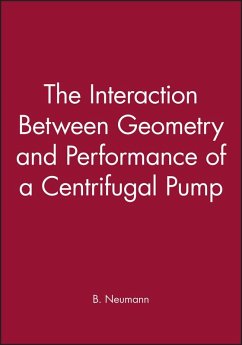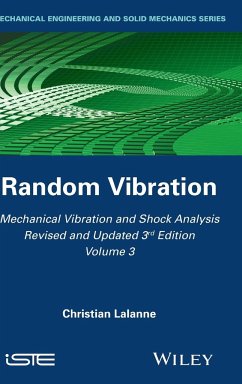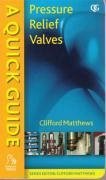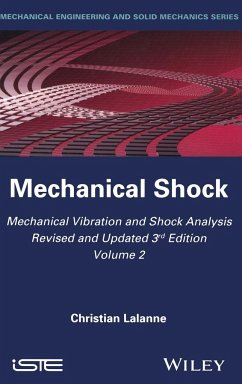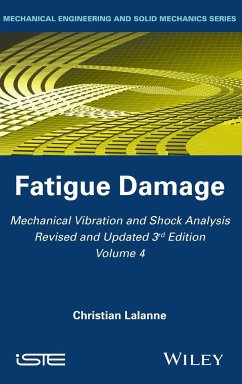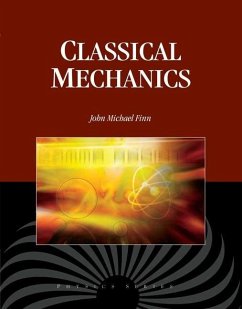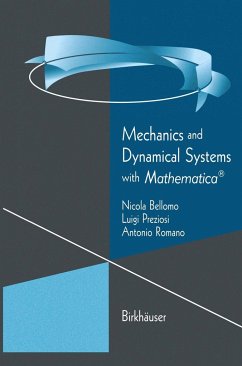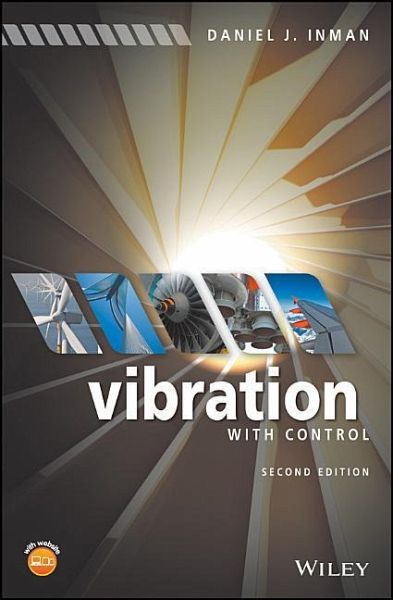
Vibration with Control
Versandkostenfrei!
Versandfertig in 2-4 Wochen
107,99 €
inkl. MwSt.
Weitere Ausgaben:

PAYBACK Punkte
54 °P sammeln!
An advanced look at vibration analysis with a focus on active vibration suppression As modern devices, from cell phones to airplanes, become lighter and more flexible, vibration suppression and analysis becomes more critical. Vibration with Control, 2nd Edition includes modelling, analysis and testing methods. New topics include metastructures and the use of piezoelectric materials, and numerical methods are also discussed. All material is placed on a firm mathematical footing by introducing concepts from linear algebra (matrix theory) and applied functional analysis when required. Key feature...
An advanced look at vibration analysis with a focus on active vibration suppression As modern devices, from cell phones to airplanes, become lighter and more flexible, vibration suppression and analysis becomes more critical. Vibration with Control, 2nd Edition includes modelling, analysis and testing methods. New topics include metastructures and the use of piezoelectric materials, and numerical methods are also discussed. All material is placed on a firm mathematical footing by introducing concepts from linear algebra (matrix theory) and applied functional analysis when required. Key features: * Combines vibration modelling and analysis with active control to provide concepts for effective vibration suppression. * Introduces the use of piezoelectric materials for vibration sensing and suppression. * Provides a unique blend of practical and theoretical developments. * Examines nonlinear as well as linear vibration analysis. * Provides Matlab instructions for solving problems. * Contains examples and problems. * PowerPoint Presentation materials and digital solutions manual available for instructors. Vibration with Control, 2nd Edition is an ideal reference and textbook for graduate students in mechanical, aerospace and structural engineering, as well as researchers and practitioners in the field.




